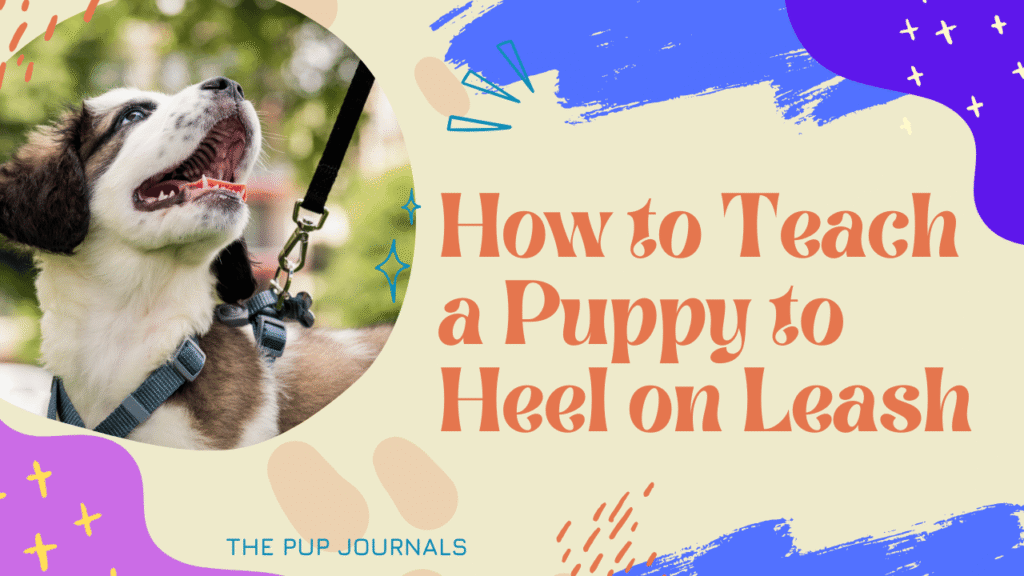
Table of contents
Many dog owners wonder, “What can be done to stop a dog from whining?” This behavior can be annoying and may interrupt the calm environment of your home. However, identifying the reason behind your dog’s whining is essential before you can resolve it. In this guide, you’ll find easy-to-follow strategies to reduce your dog’s whining. We’ll explore typical reasons, practical training techniques, and insights from professionals. Let’s get started and discover how to put an end to dog whining once and for all.
Understanding Why Your Dog Whines:
First, figure out why your dog is whining. Common reasons include pain, anxiety, boredom, or attention-seeking. Watch their posture and behavior, and ask:
- -Are they injured or unwell?
- -Do they need food, water, or a potty break?
- -Are they lonely or overstimulated?.
Once you know the cause, apply a focused solution—this tailored approach stops the whining effectively.
Basic Tips to Help Stop the Whining:
When you wonder, “How to get a dog to stop whining?” Simple and direct methods can work wonders. Here are some basic tips:
- Address Normal Requirement:
A dog that’s hungry, thirsty, or overtired is more likely to whine. Make sure your pup has enough food, clean water, and a cozy spot to relax. Stick to regular bathroom breaks—sometimes that’s all they need to settle down. Meeting these basic needs often stops whining fast. - Stick to a Daily Routine:
Dogs feel more at ease when they know what’s coming. Set up a consistent schedule for walks, meals, play, and downtime. When your dog can predict their day, they’re less likely to whine from stress or for attention. - Praise the Calm Moments:
If your dog is quiet, let them know that’s a good thing. Use kind words, a gentle pet, or a small treat to reinforce the calm behavior. Over time, they’ll learn that being quiet—not whining—is the way to win your attention.
Training Techniques to Curb Whining:
Training is one of the best ways to answer the question, “How do I stop my dog from whining?” Try these simple methods to guide your dog toward better habits.
- Don’t Give In to the Whining:
If your dog whines just to get your attention, the best thing you can do is ignore it. Avoid yelling or scolding—they’ll see that as attention, too. Instead, wait until they’re completely quiet before interacting. Over time, they’ll learn that whining doesn’t get them what they want. Be patient and consistent. - Teach a Quiet Cue:
Introduce a word like “hush” or “quiet” when your dog starts whining. Say it calmly, and as soon as your dog stops—even for a moment—give praise or a treat. Keep practicing this to help them connect the word with staying silent. - Keep Your Dog Mentally and Physically Busy:
Dogs often whine out of boredom. Keep them stimulated with puzzle toys, chew items, or light games around the house. Daily exercise is just as important—a well-exercised dog has less pent-up energy and is much less likely to whine. Regular walks, runs, or playtime go a long way. - Reward Good Behavior:
Instead of focusing on what not to do, pay attention to what your dog gets right. When they’re calm and quiet, offer a treat, affection, or some extra play. Positive reinforcement helps shape good behavior and strengthens your connection with your pet.
How to Get a Dog to Stop Whining When You’re Not Home:
Many pet parents struggle with a whining dog when it’s time to head out the door. This kind of behavior often points to separation anxiety. Try these tips to help ease your dog’s distress:
- Leave in Small Steps:
Begin by stepping out for just a few minutes. Slowly extend the time you’re away as your dog gets used to being alone. This step-by-step approach helps ease their anxiety and reduce vocal outbursts. - Set Up a Comfort Zone:
Pick a quiet, cozy spot in your home where your dog can relax. A crate or a peaceful room with familiar toys and blankets can work well. Having a personal space helps your dog feel safe when you’re gone. - Offer Something to Do:
Keep your dog entertained with toys that challenge them, like treat puzzles or durable chews. You can also leave on calming music or pet-friendly TV to help distract them and ease their nerves. - Tire Them Out Before You Go:
Make sure your dog gets plenty of physical activity before you leave. A good walk or play session helps burn off energy and leaves your dog more relaxed—and less likely to whine while you’re away.
When to Get Expert Help:
Sometimes, whining points to something more serious. If your dog keeps whining even after trying these tips—or shows signs of pain—it’s time to seek help.
- See the Vet:
Ongoing whining could mean your dog isn’t feeling well. Since dogs can’t tell us what’s wrong, a vet check can rule out illness or injury. - Work with a Trainer:
If the whining is tied to anxiety or behavior habits, a professional trainer or behaviorist can offer personalized solutions that match your dog’s needs. - Watch for Other Warning Signs:
If the whining comes with limping, licking, or changes in eating habits, don’t wait—those could be signs of a deeper issue that needs medical care.
Why a Quiet Dog Makes a Big Difference:
Teaching your dog to stop whining helps both of you feel more at ease. A quieter home means less stress, better sleep, and more enjoyable time together. Walks become calmer, and your home feels more peaceful.It takes time and consistency, but the payoff is worth it. As you work through the steps, not only will the whining fade—you’ll also build a stronger connection with your dog.
Conclusion:
Preventing your pup from whining will take a lot of patience, care, love, consistency, and time. Try to understand their needs better. Reward them for being calm. And never miss the practice. With time, you will definitely be successful in creating a strong though bond with your baby.
Read More About this : Read More


